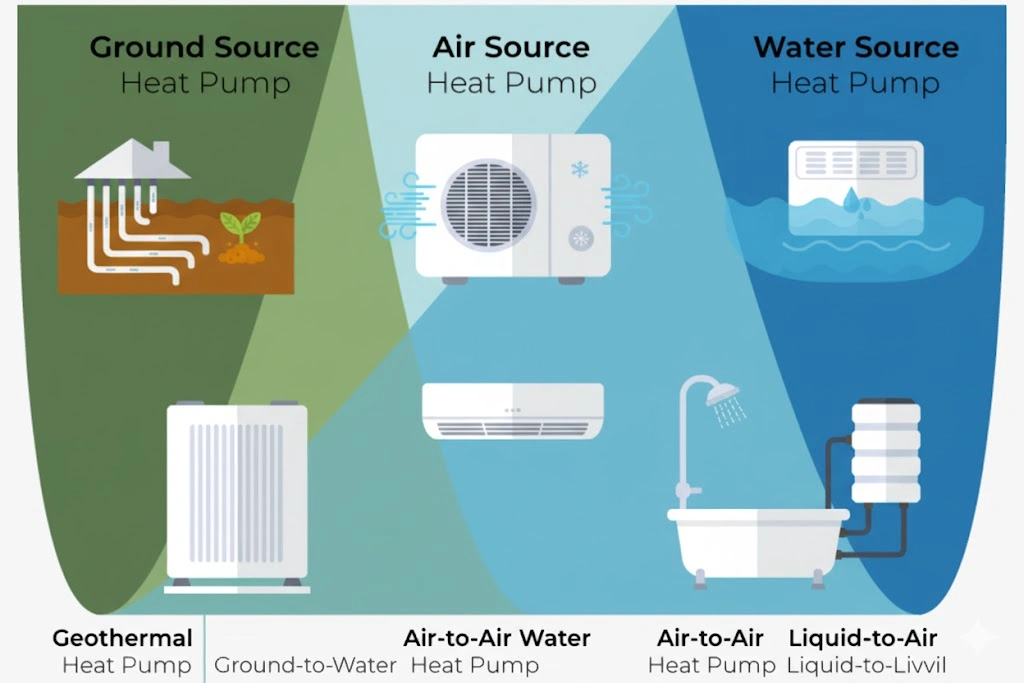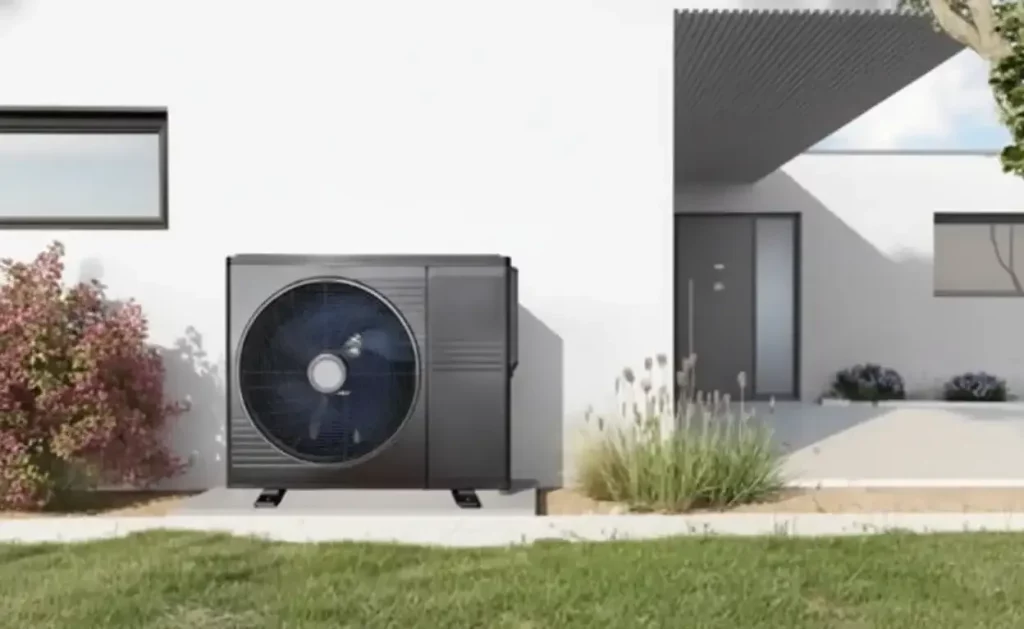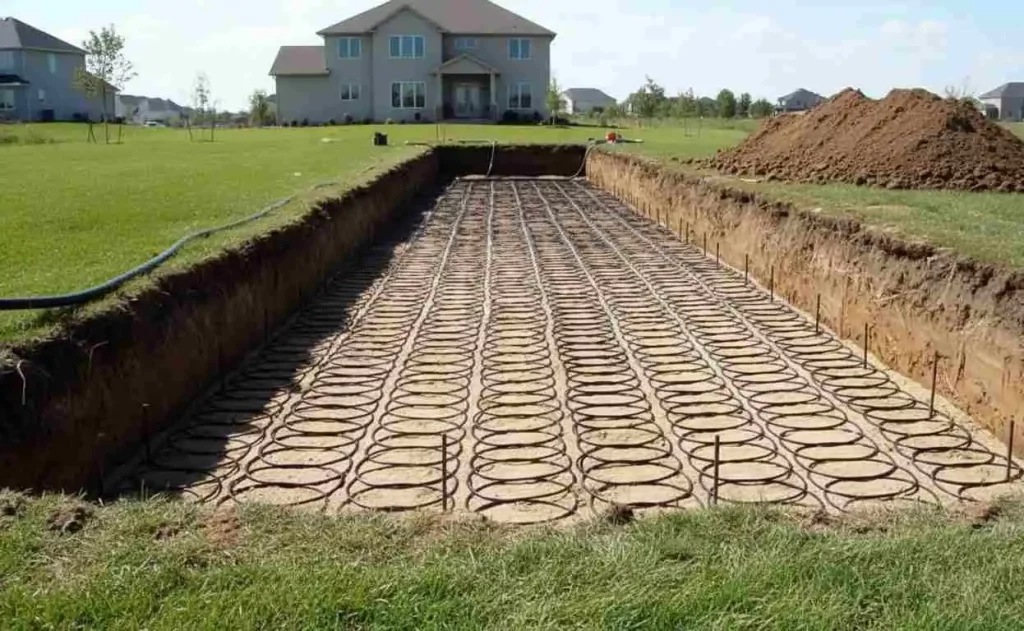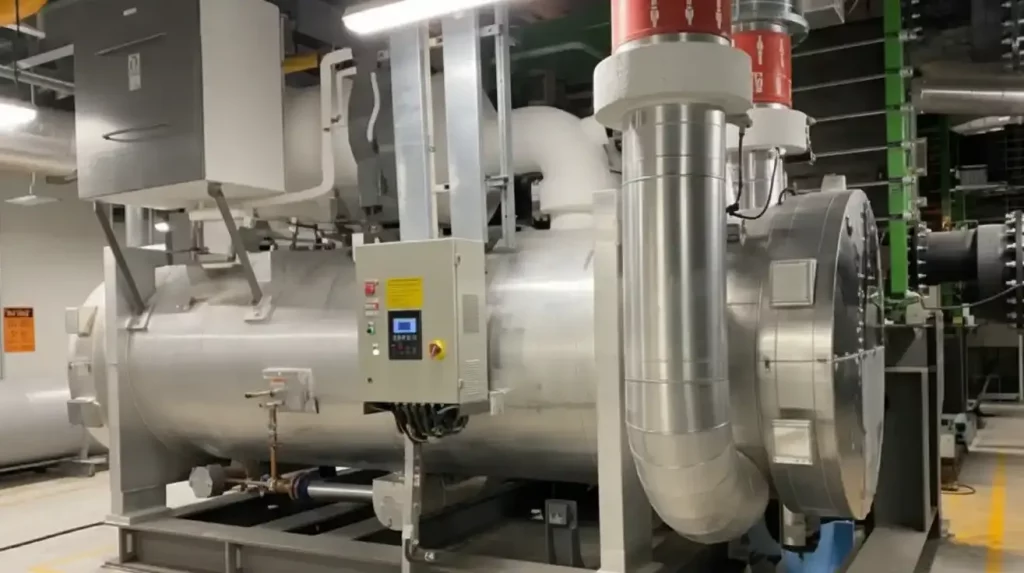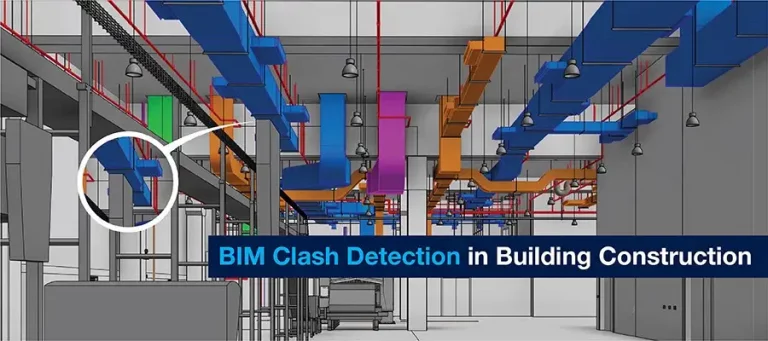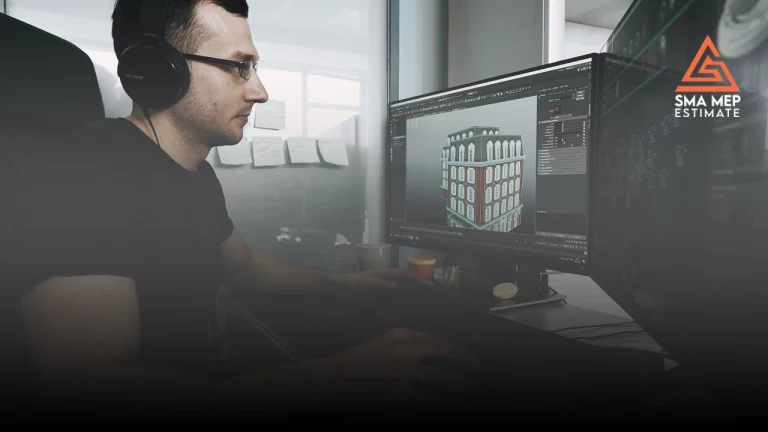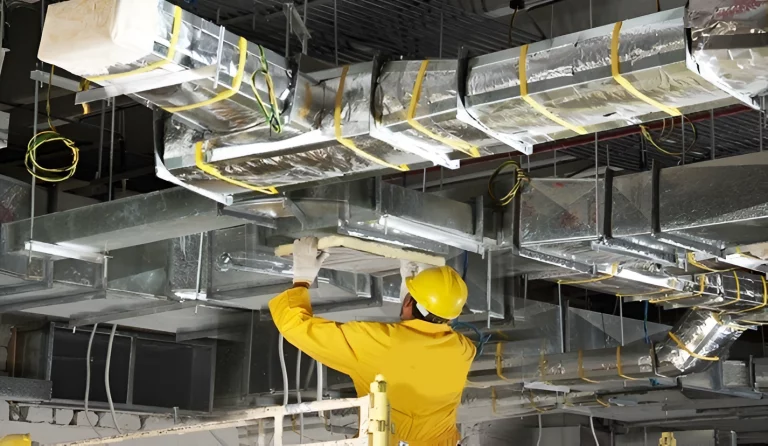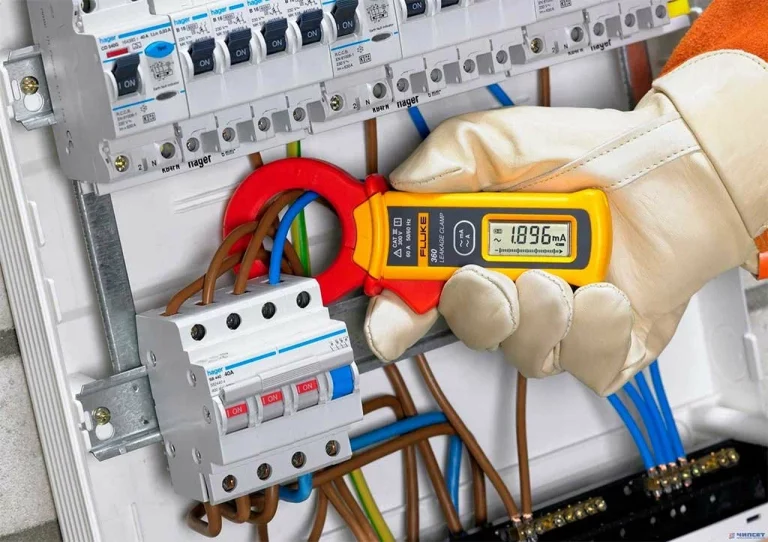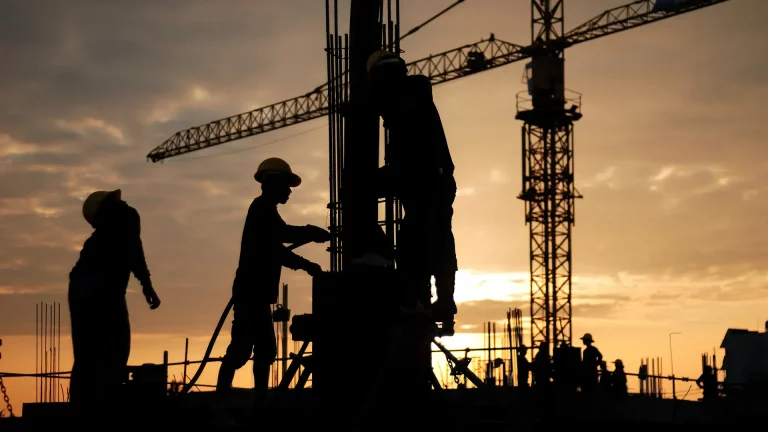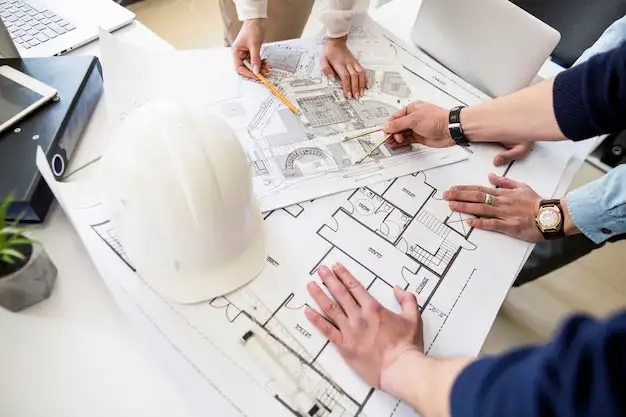Explore Different Types of Heat Pumps and How They Work
Choosing a heating and cooling system is a huge undertaking for your space, and that is why you need to obtain all the necessary knowledge about a Heat Pump. This system is capable of providing all the necessary heating and cooling solutions. However, selecting a system can be challenging because it comes in various types, meaning there is something suitable for every type of space.
Going further, in this article, we will be exploring various heat pump types and their costs. Also, we will be discussing their mechanism process and what determinants you have contemplated before deciding what is right.
ARE YOU LOOKING FOR A NEW HVAC SYSTEM AND DO NOT KNOW WHAT TO CHOOSE? DON’T WORRY, WE HAVE GOT YOU COVERED!
An Introduction to Heat Pumps
By hearing this term, if you think that they produce heat, then that is not the case at all. This system is known for transferring heat from one space to another.
Working in such a way makes them an efficient choice for meeting your indoor heating and cooling demands. The reason for this efficiency is its features of low energy consumption and higher yield. In simple words, they provide heating and cooling using very little electricity, which makes them a more favorable choice than traditional systems.
In 2025, advanced inverter-driven compressors and variable-speed fans have made modern heat pumps even more energy-efficient and quieter than previous generations.
Different Categories of a Heating & Cooling System and Their Costs
Primarily, there are 3 types of heating and cooling systems. However, because of the continuous technology evolution and rising demand, a variety of sub-categories have also emerged.
Let’s explore these categories in the discussion ahead:
Air Source System
An ASHP or air source heat pump is the most optimal choice for medium and smaller spaces. They remove from the outside air and transfer it to the indoor space for a warm climate, and the same process is used for cooling a space. Subcategories of ASHP are as follows:
Ducted ASHP
Similar to a central system, it comprises two units: an indoor unit and an outdoor unit. A ducted system encompasses:
- Aluminum fins
- Coil
- Refrigerant line
The average cost of this system is around $13,800 to $18,200 for an entire home.
However, as of 2025, costs can vary from $8,000 to $15,000 depending on region, SEER2 rating, and installation complexity.
Ductless System
The working of this system is similar to a ducted one, with the exception of no ductwork required. In this system, an outdoor unit will connect with one or multiple indoor units.
A ductless system will cost around $6,900 – $12,700.
Ground Source Heat Pump
GSHPs are also referred to as geothermal systems. They provide heating and cooling solutions by using Earth’s temperature. In other words, they will tap into the ground temperature to perform their operations.
If you favor sustainability and low carbon emissions, then this system is perfect for you. This heating and cooling process makes them a more efficient choice compared to an air source heating and cooling system.
Typical residential installations generally range from to with the final cost depending on factors like loop depth, soil type, and site conditions. However, for Commercial complex setups, the initial investment may reach or even exceed due to extensive underground piping requirements.”
Water Source Heat Pump
WSHP is another efficient system that relies on a water body as an exchange medium. The system will be installed indoors, with the pipes to be installed all the way to an outside water source.
Installing this system can be difficult as well as expensive. You need a suitable water body that assures proper working of a WSHP system.
A WSHP unit alone will cost around $5,650 to $12,000.
In 2025, these systems will be less common for homes but remain a strong option for large buildings with access to lakes, wells, or cooling towers.
How Does a Heat Pump Work?
By using different mediums, heat pumps move heat from the outdoor environment to your indoor space. It consists of:
- Outdoor Unit
- Indoor air controller linked with a refrigerant line
The process of moving heat is done by this refrigerant line. This line is responsible for absorbing heat from the outside air. Once the heat is absorbed, it is then carried from an outdoor unit to the indoor air controllers.
Modern heat pumps now use eco-friendly refrigerants such as R-32 or R-454B, which have lower global warming potential (GWP) compared to older R-410A.
FOLLOW THIS ARTICLE TO CHOOSE THE RIGHT SYSTEM THAT WILL SURELY MEET YOUR HEATING AND COOLING NEEDS!
What to Consider Before Selecting a Heating & Cooling System?
Only knowing the types won’t help you. Because other factors at play must also be considered. We have outlined these factors that will help you in making an informed decision. They are as follows:
How much is the price?
You will start by analyzing how much it costs. In the above discussion, we have mentioned the costs of various types of systems. That alone is not enough, as you also have to account for operating and installation expenses.
For a deeper understanding of how to calculate total installation and running costs, check out our detailed guide Estimating HVAC Heat Pump Pricing.
It explains the latest 2025 pricing trends, influencing factors, and how homeowners can plan their HVAC budgets effectively. To know the total estimated cost of a system, you must hire a Mechanical Estimator who will provide you with a detailed cost breakdown.
How Efficient is a System?
Before selecting a system, make sure that you have checked its efficiency rating.
- For heating, a system’s efficiency is assessed by the Heating Seasonal Performance Factor or HSPF.
- In terms of cooling, the efficiency is expressed by the Seasonal Energy Efficiency Rating or SEER
As of 2023–2025, newer standards (HSPF2 and SEER2) replaced older metrics to reflect real-world performance more accurately.
How much Capacity do you want?
Capacity will dictate the size of a heating and cooling system. The more capacity you want, the larger it will be, and hence, more piping will be required. Once you have decided on the capacity, make sure that you have figured out the piping quantity. As mentioned above, Piping Estimating Services are catering to every project by providing an insanely accurate cost budget. They also quantify number of materials needed for the project.
You must choose the right system that has the capacity to meet your demands. Otherwise, an undersized unit will struggle to provide a comfortable atmosphere, and an oversized unit will frequently turn on and off, putting pressure on a system’s components.
Final Remarks
A Heat Pump has gained immense popularity for heating and cooling spaces because of numerous reasons. They come in various types, and as per your needs, there will be a system available. However, they do come with a huge price, but in the long term, they are environmentally friendly and energy efficient. To make your process easy, we have covered almost everything in this article so that you are able to make an informed decision based on the right information. Consulting an HVAC specialist will help you in managing each step more efficiently. From the initial stage of planning to the installation of the system that you selected.

